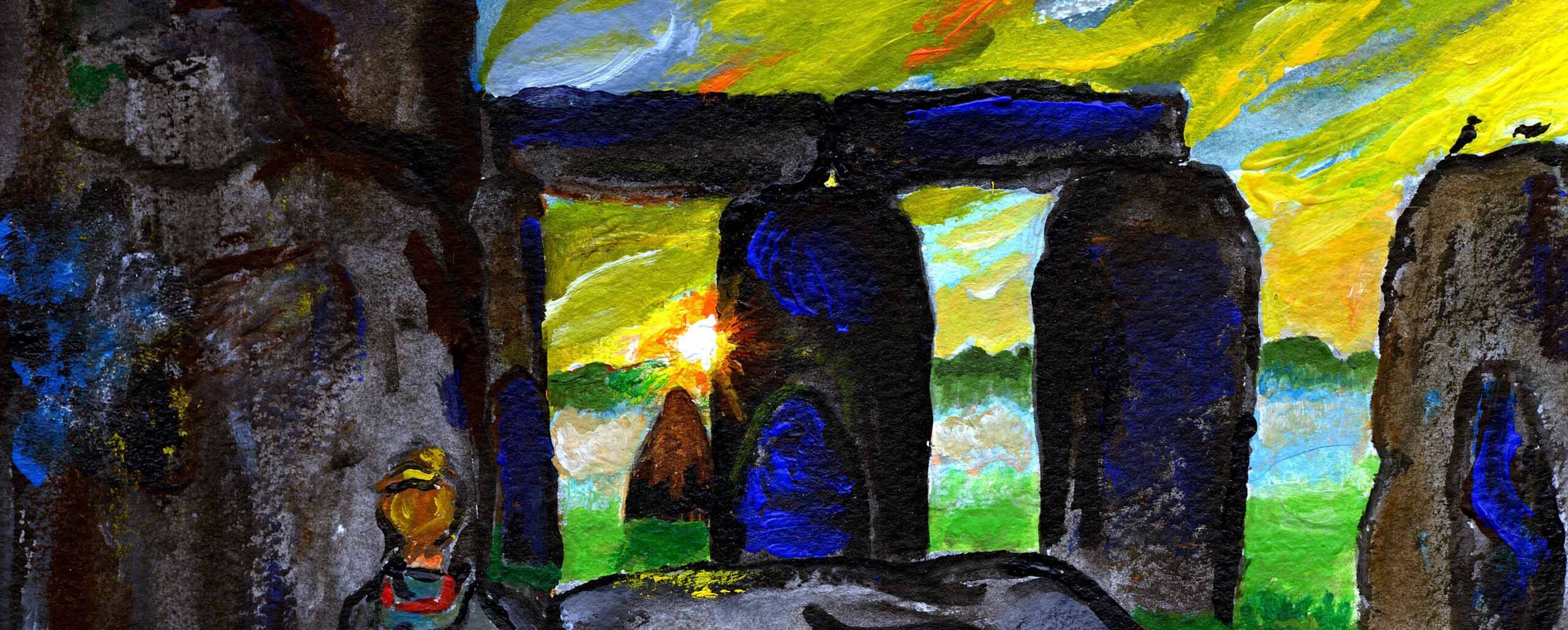The Perseids, most famous of the annual meteor showers, come around again in the night between August 12 and 13. Here is our scene from Astronomical Calendar 2022, showing the radiant (the point from which the meteors of this stream appear to radiate) coming up into view over the north-eastern horizon in the early night.

A few Perseids can appear as early as mid July or as late as the end of August, but their peak – the time when Earth passes nearest in space to the middle of the stream of particles – is expected to be about August 13 0h Universal Time (4 or more hours earlier by American clocks, so back in Aug. 12).
Unfortunately this year it’s only a day after full Moon. As you can see in our picture, the Moon is also coming up into view in the east. Moonlight can drown out the fainter of the meteors.
Still, it’s worth going out to watch patiently for a while. Meteors from a radiant can appear in far-off parts of the sky. Some could even flash above the horizon before the radiant itself and the Moon. If you see any bright streak, and can trace it back approximately to the area between the constellations Perseus and Cassiopeia, it is a Perseid and not a “sporadic” bit of space dust burning up as it hits the atmosphere.
There is much more about the Perseids, and the comet they derive from, in Astronomical Calendar 2022. Here is another illustration, showing the directions in space from which sunlight, moonlight, and the meteors are coming.

__________
ILLUSTRATIONS in these posts are made with precision but have to be inserted in another format. You may be able to enlarge them on your monitor. One way: right-click, and choose “View image” or “Open image in new tab”, then enlarge. Or choose “Copy image”, then put it on your desktop, then open it. On an iPad or phone, use the finger gesture that enlarges (spreading with two fingers, or tapping and dragging with three fingers). Other methods have been suggested, such as dragging the image to the desktop and opening it in other ways.
Sometimes I make improvements or corrections to a post after publishing it. If you click on the title, rather than on ‘Read more’, I think you are sure to see the latest version. Or you can click ‘Refresh’ to get the latest version.
This weblog maintains its right to be about astronomy or anything under the sun.

I saw about 10 shooting stars on Monday when I camped out in the Galloway Forest Dark Skies Park in Scotland and also Uranus naked eye.The Moon must have been 85 percent full but at this time of year it’s very low and it was behind high hills so didn’t hinder my view.I think that I just caught M33 naked eye too.I had assumed it was Bortle 3 skies but upon checking it’s Bortle 2 better still!